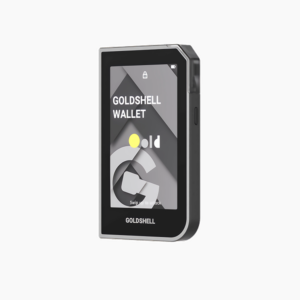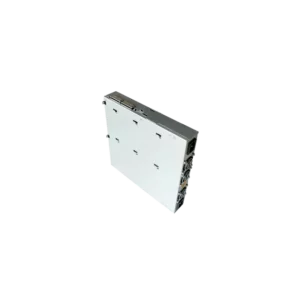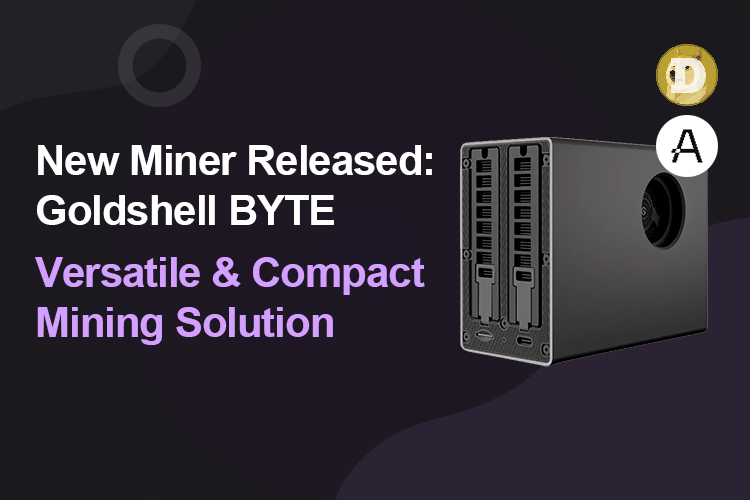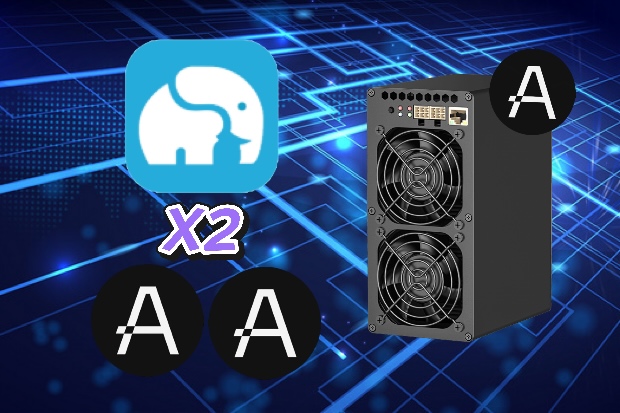Table of Contents
- What Is Kaspa Mining?
- The History Of Kaspa Mining
- How To Mine Kaspa Coin?
- 1. Pick Up The Right Hardware Equipment For Mining Kaspar
- High Hashrate
- Check Its Power Consumption for Better Energy Efficiency
- 2. Getting A Compatible Wallet
- Different Types of Kaspa Wallet
- 3. Configuring Mining Software
- 4. Joining A Mining Pool
- 5. Start Kaspar Mining
- Best Hardware GPU For Mining Kaspar
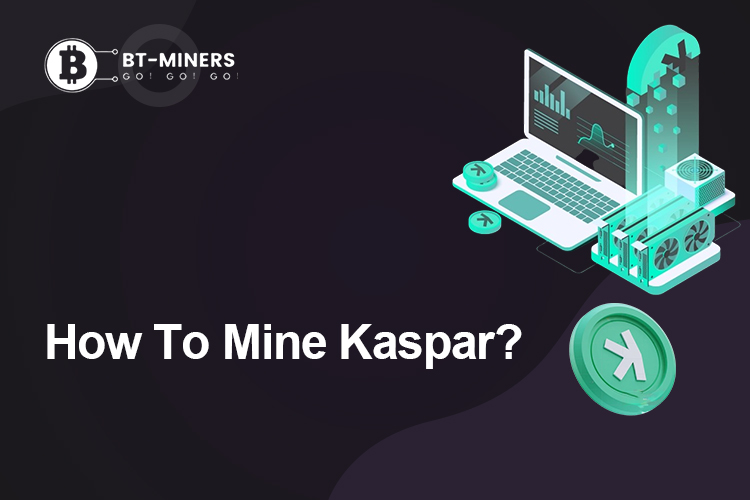
01/11/2025
0 Comments
What Is Kaspa Mining?
Kaspa mining operates similarly to other cryptocurrency mining processes, requiring significant computational power to solve complex algorithms and efficiently mine new Kaspa coins. General-purpose devices won’t suffice—miners need specialized rigs with the right power infrastructure to mine Kaspa effectively. Built on a blockDAG structure and utilizing the Proof-of-Work consensus, Kaspa employs the GHOSTDAG protocol, ensuring secure operations and incredibly fast block generation. The special mechanism of blockDAG enables parallel transaction processing for miners to accumulate up to 2,000 coins per day with the current network speed. When compared to the bitcoin block time of approximately 10 minutes, this blockDAG structure facilitates transaction confirmation in 10 seconds instead. Launched publicly in late 2021, the project started from block zero with no team allocations, or pre-mine, relying solely on community-driven development. Besides, when mining Kaspa, it is vital to make sure that you are using a Specific ASIC Machine that supports the kHeavyHash algorithm. Read more about Bitcoin mining here.
The History Of Kaspa Mining
Originally, Kaspa was launched in November 2021. This special token was introduced by Yonatan Sompolinsky, a computer scientist. He is among the first few pioneers in promoting “Horizontal Scalability” for blockchain technology. What does this mean in a nutshell? His work emphasized distributing the network into smaller groups, or “shards,” that can handle transactions independently. In short, the GHOSTDAG mechanism resolves potential problems, such as scalability, that traditional blockchains may encounter. This approach to decentralization improves the resilience of the Kaspa blockchain by increasing its capacity to handle transactions as the network grows. Thus, Kaspa is designed for speed and security, standing out with its innovative blockDAG architecture and GhostDAG protocol addresses the old challenge of security, scalability, and decentralization. Unlike many cryptocurrencies, Kaspa operates without a premine, ensuring fairness and transparency. Powered by the KHeavyhash PoW algorithm, it offers robust security and high resistance to attacks. With instant transaction confirmations, Kaspa is ideal for fast payments, peer-to-peer transactions, and smart contracts. Moreover, the kHevyheash algorithm makes mining less memory-dependent. Secure storage options include Tangem Cold Storage, the Kaspium Wallet, and hardware wallets like Ledger. Kaspa was invented to be a very inclusive project, as it is a completely open-source model that enables developers to contribute to its unique protocol by keeping everything transparent.
How To Mine Kaspa Coin?
1. Pick Up The Right Hardware Equipment For Mining Kaspar
Mining Kaspa may seem daunting at first. However, you can easily start mining Kaspar, with the right equipment and technical knowledge. The first step is to obtain an ASIC Miner that is programmed explicitly for mining Kaspar. Various models are available, offering different costs, power consumption, and hash rates to suit various performance needs and budgets. CPU and GPU general purchase miners simply cannot match up in this specialized field. For instance, to satisfy the needs of professional miners, Antminer KS5 makes a nice addition. On the other hand, for beginners, the ICERIVER KS0 Pro is an entry-level, budget-friendly miner that offers a straightforward solution for those looking to get started with Kaspa mining without a significant upfront investment. For moderate mining activity, if you are looking to achieve a balance between performance and the most value for your money, the ICERIVER KS5M makes a wonderful choice for a new Kaspar miner.
When investing in a Kaspar Miner, doing adequate research is crucial to selecting from a legitimate and reputable distributor. BT-Miners is an elite crypto miner distributor with a flexible volume-based price on bulk orders. Some of the prominent partners, and manufacturers include Canaan and Bitman. There are a few criteria you should consider the following when selecting Kasper Miner.
High Hashrate
First is its hash rate, which is typically measured in Th/s. A powerful and higher hash rate maximizes your mining profitability. For instance, the Bitmain Antminer KS5 offers a hash rate of 20 Th/s, which makes it a rather powerful and intensive miner.
Check Its Power Consumption for Better Energy Efficiency
Second, would be reasonable power consumption. You will find the expression in watts per terahash (W/TH). This is an indicator of how effectively the miner can transform electricity into power. To to frank, there is the ongoing cost of electricity you have to pay for operating these kasper miners.
2. Getting A Compatible Wallet
Miners should set up a Kaspa wallet to receive rewards and store KAS coins, whether they want to mine Kaspar alone or dual mine with Ethereum (ETH). Kaspa can be stored either with a private key wallet or a public key wallet, depending on the user’s preference and needs. If security and privacy are a priority, one should opt for a Non-custodian wallet with a private key. In such cases, the user has full control over their private keys. For beginners who are eager to get a taste of what Kaspar mining is all about, it is recommended to get a public key custodian wallet through a reputable exchange, such as Binance, KuCoin, or Gate.io. Essentially, Custodial wallets are managed by third parties, like exchanges, who control the private keys, making them more convenient but less secure. Transaction times and costs are typically higher for custodial wallets compared to non-custodial wallets.
Different Types of Kaspa Wallet
Below are different types of non-custodian wallets available on the market. When using a non-custodian wallet, the user is responsible for keeping their private key safe. Generally, these non-custodian wallets are highly recommended for experienced crypto traders.
- Kaspa Web-Based Wallet: This is currently the most user-friendly wallet on the web with an intuitive user-friendly interface. This mainstream wallet is empowered by PWA technology.
- KDX Desktop Wallet: The KDX is a desktop wallet with a built-in handy process manager. The KDX process managers handle the entire setup and configuration of the Desktop Kaspa wallet, ensuring a seamless installation experience for users.
- Command Line Wallet: The Kaspa Command Line Wallet is included in the core Kaspa node software package and is maintained by the development team. It operates through a command-line interface (CLI), allowing users to manage their wallets via text-based commands.
- Ledger With Kasvault: Kasvault is a front-end interface for sending and receiving your Kaspar fund with a hardware wallet, which is also referred to as a cold wallet.
Another handy tip to be aware of is that it’s important to remember that your Kaspa address must include the term “kaspa.” When setting up your miner or making transactions, ensure the address starts with the “kaspa:” prefix.

3. Configuring Mining Software
Miners should download the latest mining software driver from your manufacturer’s website. Firmware updates can ensure that your hardware miner operates effectively and securely. Downloading and installing the right software for Kaspa mining is a critical step in getting your hardware ready for mining operations. Once your miner is connected to the network, identify its IP address using an IP scanner tool or by checking your router’s device list. Finally, once the IP address is located and identified on the browser, enter the miner’s IP address into a web browser to open up the configuration dashboard.
4. Joining A Mining Pool
Similar to Dogecoin Mining, miners receive a reward for every block of the puzzle they resolve. Joining a mining pool is a more strategic and cost-effective option for Kaspar miners. Since doing so can increase one’s chances of earning rewards by combining one’s hashing power with others. Remember to add the following information when configuring the mining pool. Completing this step sets the basic groundwork for the Kaspar Mining Journey.
- Pool/URL:
stratum+tcp://kas.f2pool.com:1430(or use the SSL URL:stratum+ssl://kasssl.f2pool.com:1430for secure connections) - User/Worker:
account_name.worker_name - Password: Choose your preferred password (e.g., 123)
Note that your account_name is provided in your account settings. While the worker_name is optional, it’s recommended that you assign a unique worker name to each mining device for better monitoring.
Ultimately, as shown above, the crypto miner should connect their hardware mining rig to the existing mining pool by adding the mining pool name, the miner name, and the password. Ideally, beginner Kaspar miners should look for reputable pools with a solid track record. Bt-Miners would recommend industry-standard mining pools like Fish2pool, and HumPool for beginners to test out. Kaspar mining can be unpredictable at times, it is good to be patient to see significant rewards. Double-check the setting to avoid any issues with payout or connectivity. Alternatively, one can consult Mining Pool Stats for the latest information on various kaspar mining pools.
5. Start Kaspar Mining
Once your mining hardware is successfully connected to the Kaspa mining pool, mining begins immediately. You can monitor your miner’s performance in real time through the ASIC’s dashboard, where key metrics such as hash rate, energy consumption, and operating temperature are displayed. These statistics are essential for assessing your miner’s efficiency and ensuring optimal performance.
Best Hardware GPU For Mining Kaspar
Kaspa Proof of Work mining uses the KHeavyHash algorithm, a modified version of HeavyHash. KHeavyHash is designed to be core-dominant and energy-efficient, making it ideal for GPU mining. It’s also resistant to ASICs and other specialized mining hardware, ensuring that GPUs remain competitive. When configuring A GPU-based mining, one will have to install a .bat file for software configuration.
Can Kaspa be mined with a CPU? Technically, yes, but it’s no longer profitable. While CPU mining works the same way as GPU mining, it yields much lower hash rates and consumes more energy, making it inefficient.
If you’re focused on CPU mining, it’s better to mine coins optimized for CPUs, like Monero. You can convert your earnings into Kaspa or any other coins you’re interested in. For professional miners today, where the hash rate plays a crucial role in Kaspa’s profitability, choosing a high-quality ASIC miner for Kaspa mining is a common decision. For professional miners who are looking for a decent upgrade, iBeLink BM-KS Max Kaspa Miner With an exceptional hash rate at 10.5 TH/s would make a nice addition.
